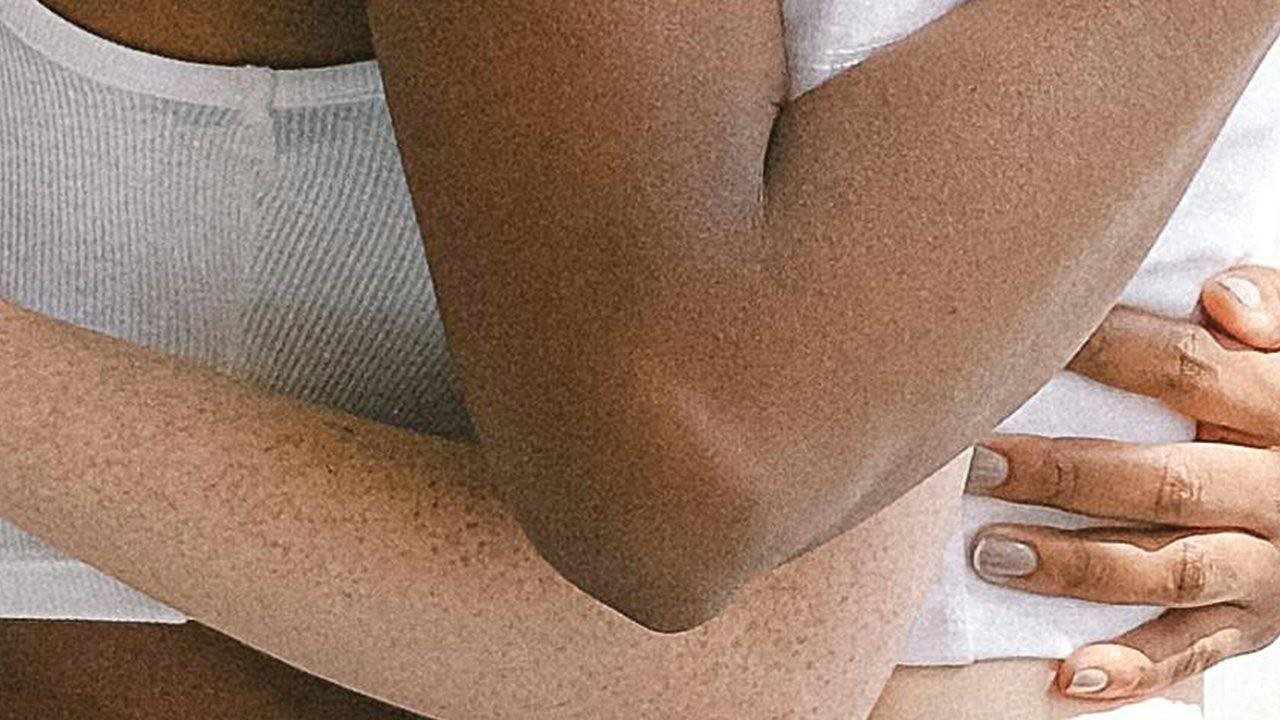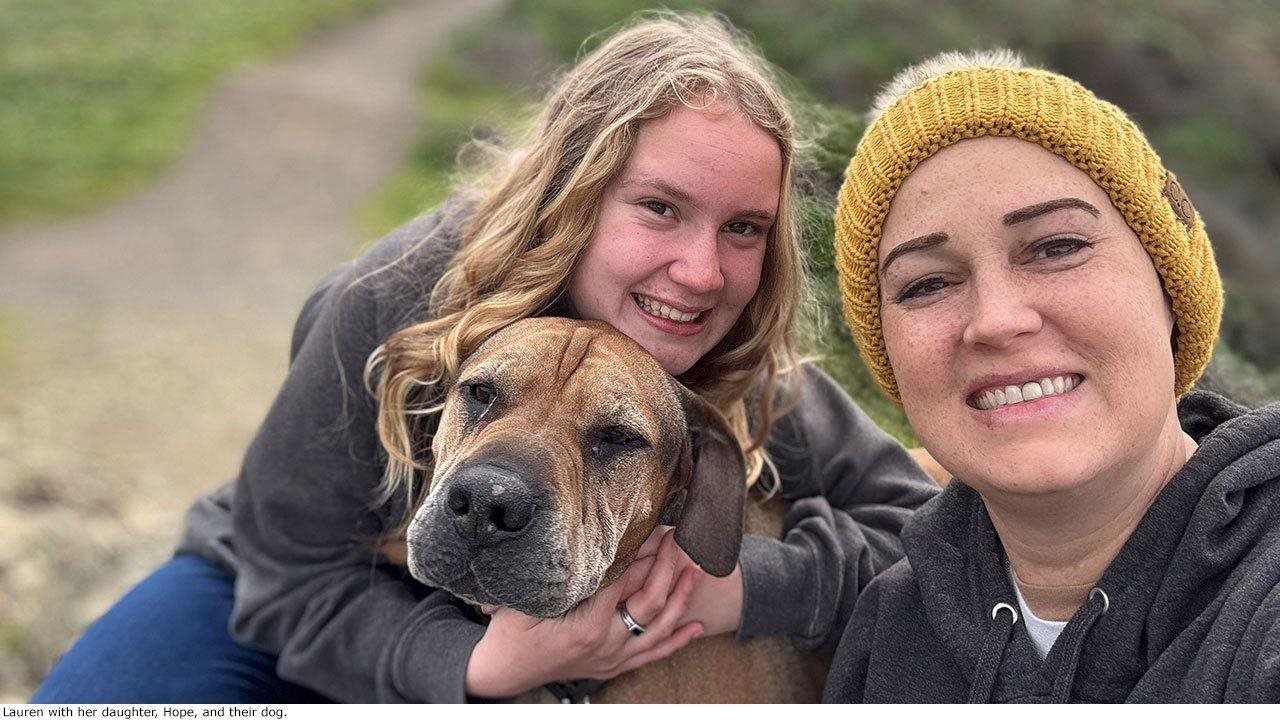2025-12-09T08:07:00
(BPT) – A lingering cough. A stuffy nose that just won’t quit. If you’ve ever felt like your cold is overstaying its welcome, you’re not alone. Most respiratory infections clear up within a week or two, but sometimes, what we do while we’re “on the mend” can turn a simple sickness into a longer, drawn-out battle.
“People often assume that once their fever breaks or congestion improves, they’re in the clear,” notes Dr. Vontrelle Roundtree, a family medicine physician and Associate Chief Medical Officer at MD Live by Evernorth. “Your immune system is still in repair mode even after the worst symptoms subside. Seemingly harmless choices can set your recovery back or even cause rebound symptoms.”
Here are six surprising ways we keep our recovery from fully crossing the finish line, and what you can do to help your body truly heal.
1. You’re back in go-mode, but your immune system isn’t: After being sick, it’s tempting to dive right back into work, errands and everyday demands. However, constant stress keeps your body in a fight-or-flight mode, which can suppress immune function and prolong recovery time. When your body stays under pressure, it has less energy to dedicate to repair and healing. The best approach: Reintroduce work schedules, exercise routines and other regular daily activities gradually to let your system fully recover before returning to your usual pace.
2. You’re talking more than you should: Once you’re feeling better, it’s easy to jump back into routine conversations, but your throat and airways may still be recovering. Meetings, long calls and social plans can strain your vocal cords and respiratory system before they’ve fully recovered. If your throat still feels scratchy or a cough is still lingering, give yourself permission to speak less and let your voice rest — a simple yet powerful way to support healing.
3. You’re still sleeping with the heat on full blast: Heating systems in our homes often produce dry heat, draining any moisture in the air. A lack of moisture can cause mucus to thicken and dry out, irritating your sinuses and making congestion worse. A cool mist humidifier or opening a window slightly can help keep your airways hydrated, which in turn, can help your body clear residual infection faster than the dry air.
4. You’re relying on leftover meds: Using leftover medications or antibiotics prescribed for a different illness can delay proper treatment and cause side effects. If lingering fatigue, coughing or congestion continue, consult a doctor to rule out complications and determine the most appropriate treatment options for you.
5. You’re not fueling your comeback correctly: Skipping meals or relying only on snacks can slow down repair and leave you feeling run-down. Protein gives your immune system the amino acids it needs to rebuild and restore balance. Add lean proteins, such as eggs, beans or chicken, to help your body regain strength and recover more quickly.
6. You’re ignoring lingering inflammation cues: If your sinuses still ache, your muscles feel unusually sore, or your energy dips sharply midday, it could be your body’s way of saying it’s not done healing. Treat those signs as yellow lights, not green. If you’re unsure whether lingering symptoms are part of normal recovery or something more, an MD Live doctor can assess your symptoms virtually and guide you on next steps so you can return to full strength safely.
Getting sick can feel like a total disruption to your schedule, preventing you from socializing and interrupting your routine. However, recovery doesn’t end when your symptoms fade. Giving your body the time, rest and nourishment it needs can mean the difference between feeling “mostly better” and feeling truly well again.


























